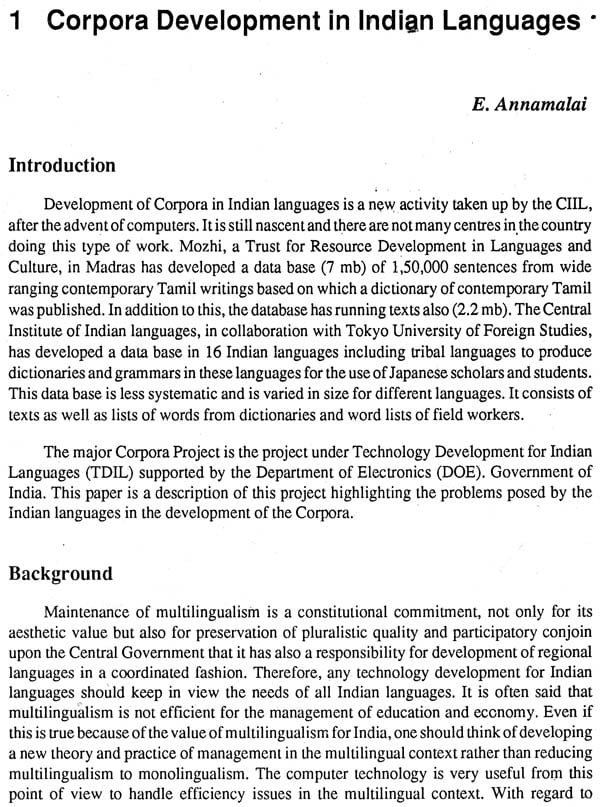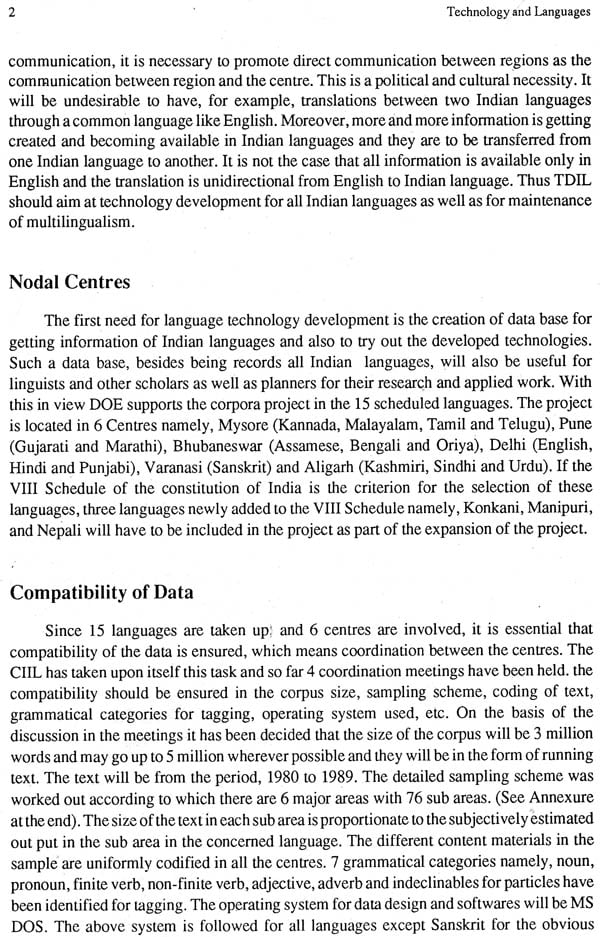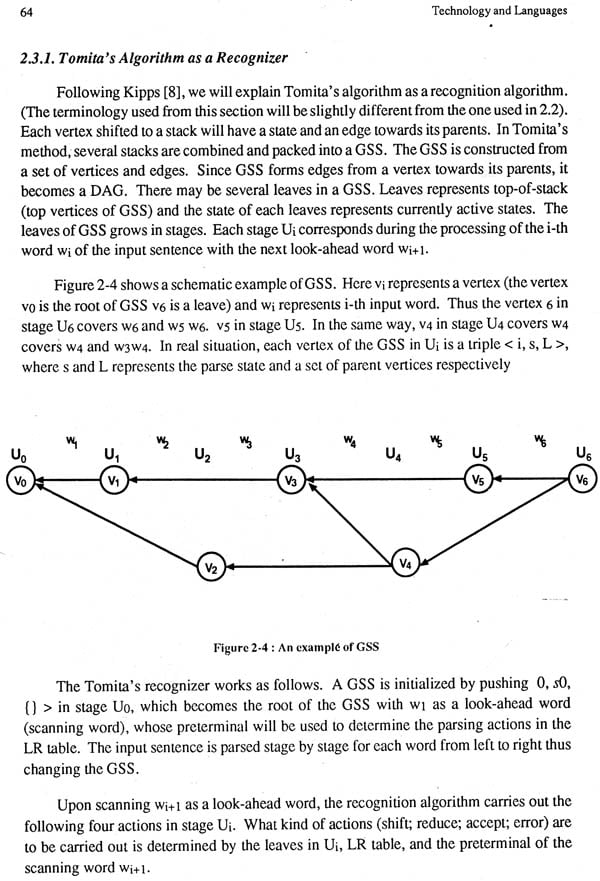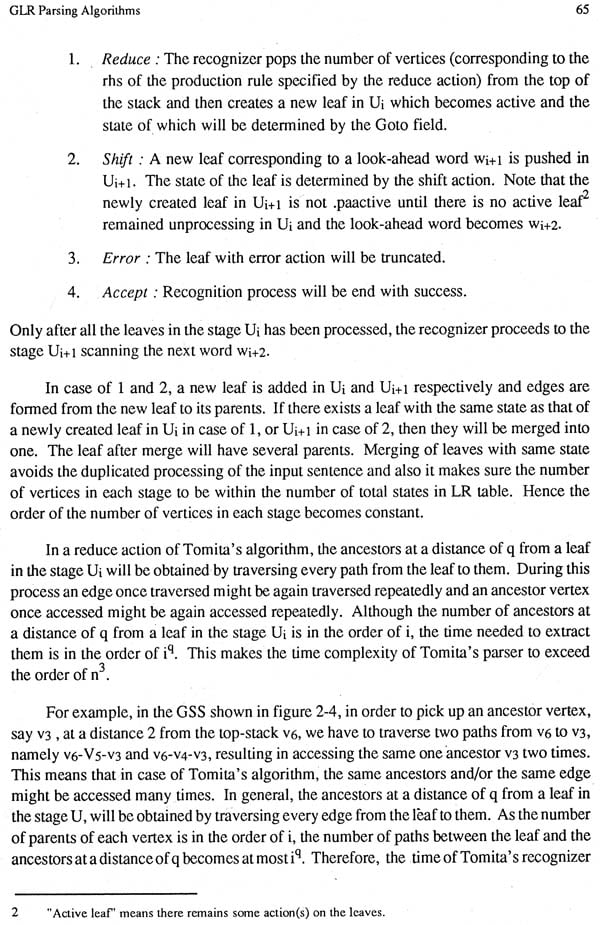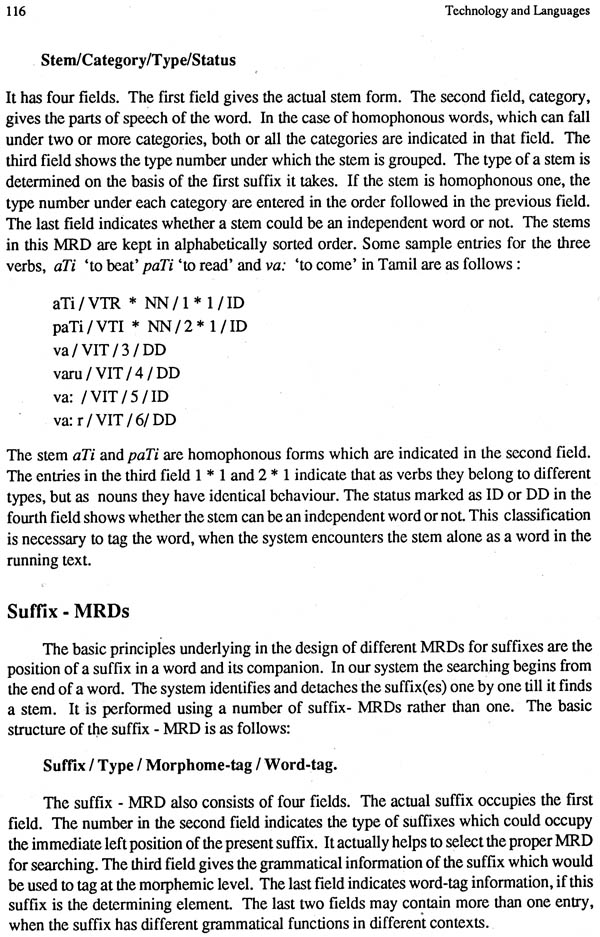
Technology and Languages
Book Specification
| Item Code: | NAW182 |
| Author: | B.B. Rajapurohit |
| Publisher: | Central Institute Of Indian Languages, Mysore |
| Language: | English |
| Edition: | 1994 |
| ISBN: | 8173420122 |
| Pages: | 130 |
| Cover: | PAPERBACK |
| Other Details | 9.00 X 7.00 inch |
| Weight | 230 gm |
Book Description
The Central Institute of Indian Languages has reached 25 years of age and it is a time for reflection about its origin, development, achievements and shortfalls.
The study of Indian language with the objective of preparing them for the new roles of national reconstruction and development was the concern of many from the independence of the country. The major responsibility to support such a study was to be taken up by the State. The Kher Commission of the Government of India recommended the establishment of three Central Institutes for this purpose. The Official Language Resolution of 1968 made the Central Government also responsible for the development of all Indian languages in addition to Hindi. These and other developments led to the establishment of Central Institute of Indian Languages (CIIL) in Mysore on July 17, 1969.
The primary objective of the Institute is the development of Indian languages ensuring coordination between the various developmental activities at the governmental and non governmental levels and also by orienting linguistic research for the development of Indian languages. The Institute is also to contribute towards the maintenance of multilingualism of the country through language teaching, and translation and to strengthen the common bond between the Indian languages.
The work of the Institute consists of research, training and production of teaching materials. The results of these activities can be seen in its more than 300 publications and 6879 teachers trained in its Regional Language Centres. The Institute has been able to make an impact in language teaching in schools making it skill based and function oriented. It has brought audio visual and computed technology to aid the teaching of Indian languages. It has helped many tribal languages to be codified, described and used in education. Its research and training programmes in social, physiological and folkloristic aspects of language and culture have introduced new dimensions to research on Indian languages. The International Institutes organised by the Institute in sociolinguistics, semiotics, phonetics and other areas have helped the development of human resource in these areas.
The major problem of the Institute is that it cannot meet all language needs of the whole country. It has to play the role of a catalyst and model setter. The other agencies are to take over the universal implementation of the innovations. This has not taken place to the desired extent.
In the coming years, the Institute plans to consolidate the earlier work and expand the work in the areas of translation, computer applications and production of audio visual materials. It wishes to strike new grounds in language evaluation and storage and dissemination of language information. The Institute will move into anew Campus to carry on the work with new vigour and vision.
One part of the Silver Jubilee Celebration is the publication of 25 special volumes. The present book is one of these volumes.
**Contents and Sample Pages**

